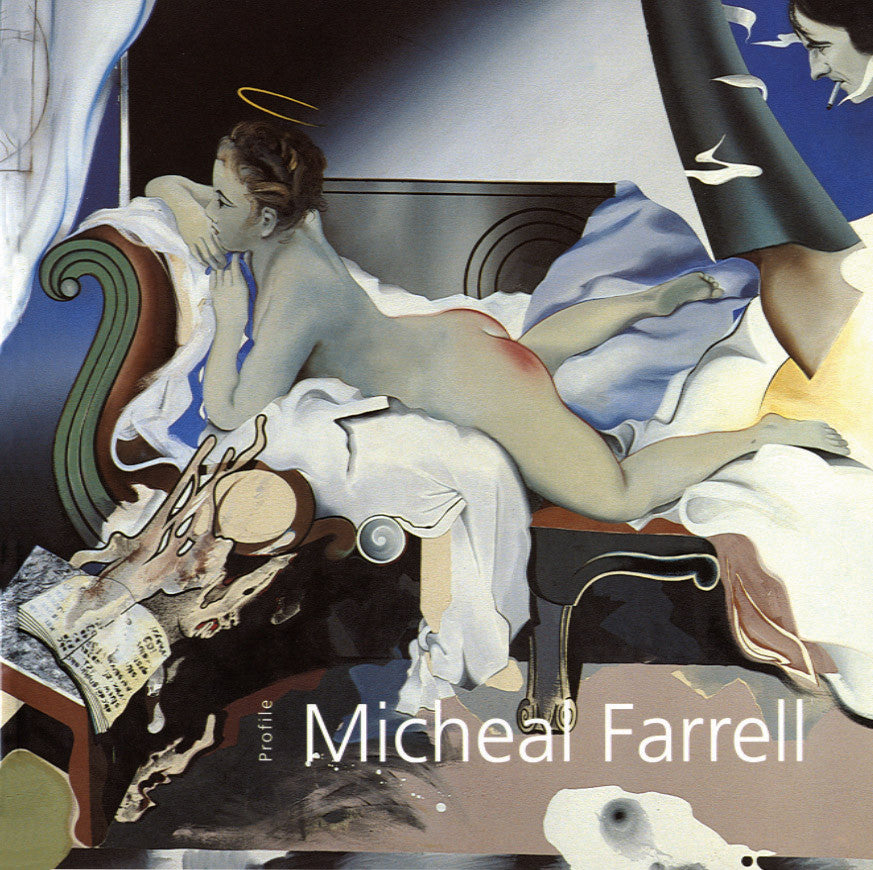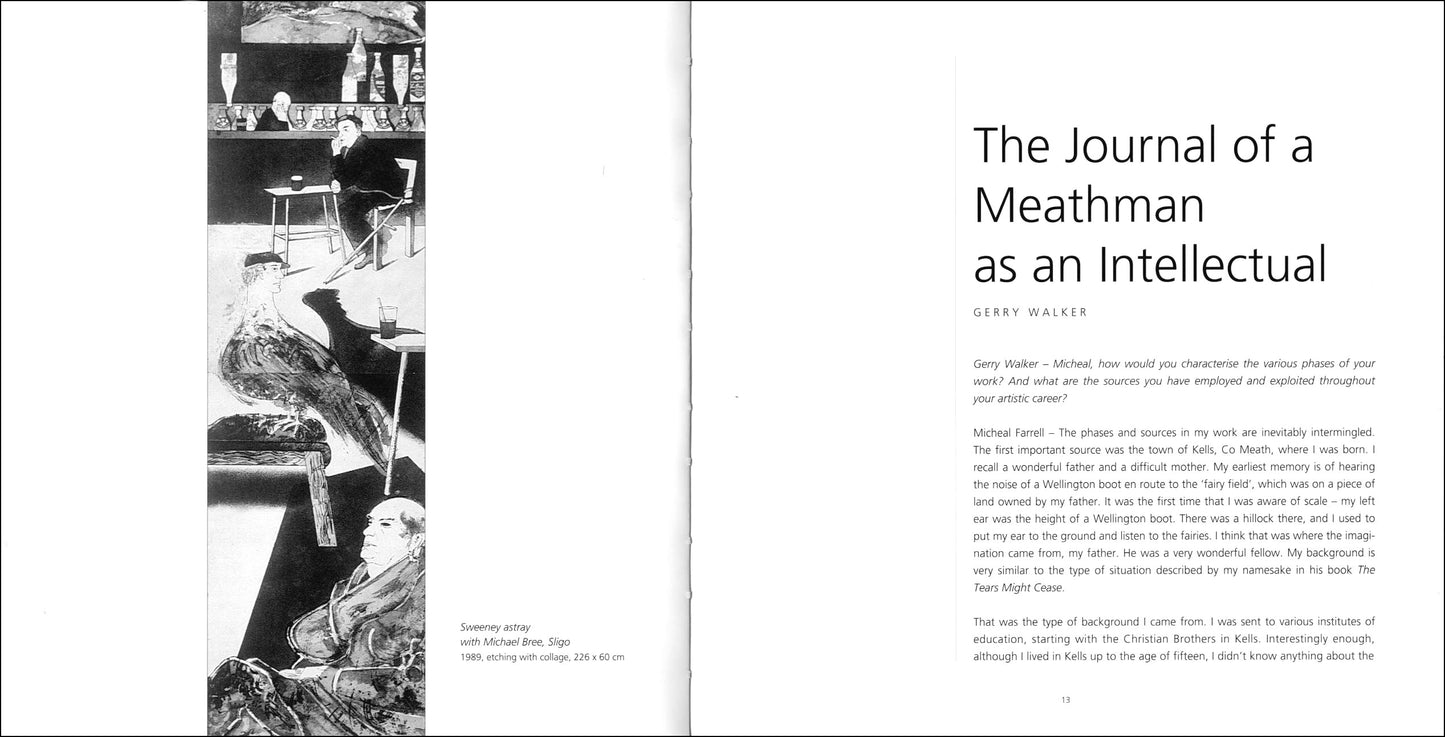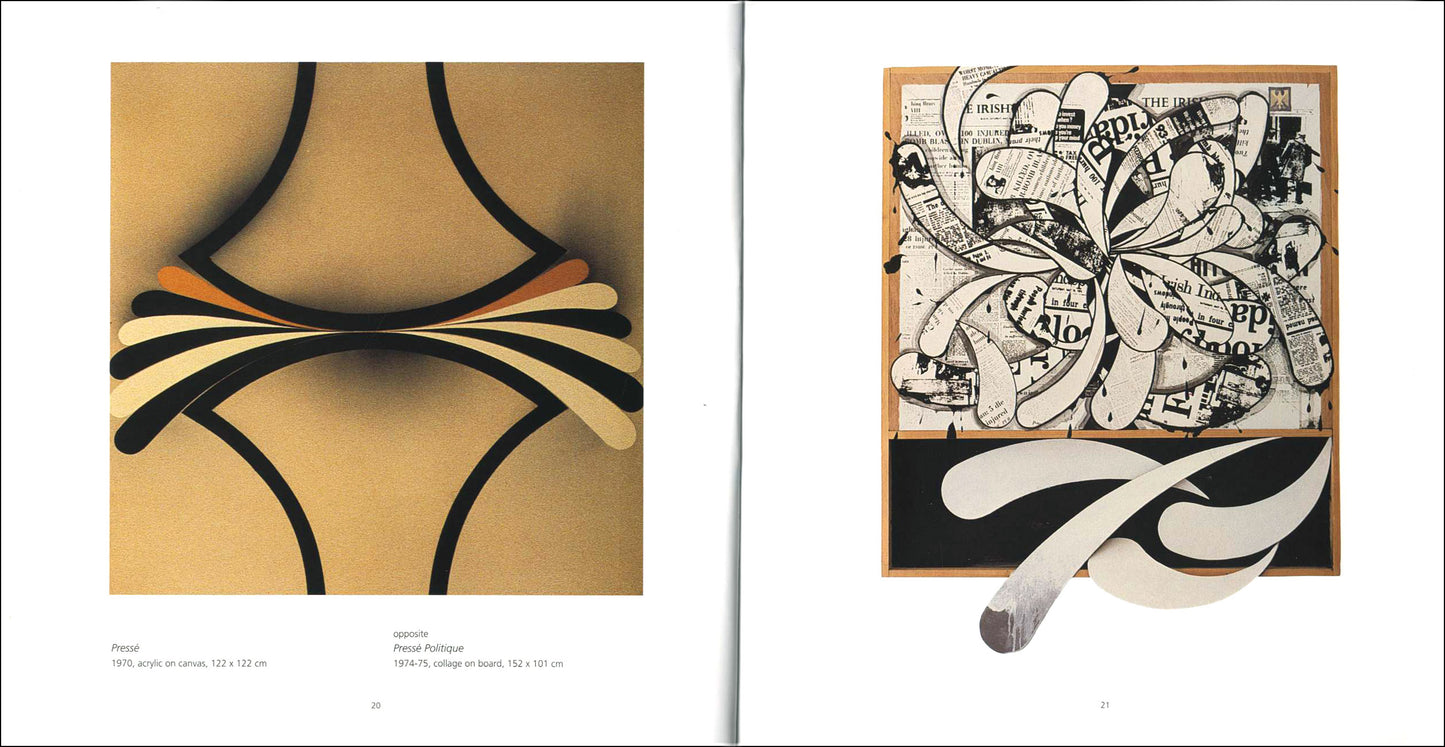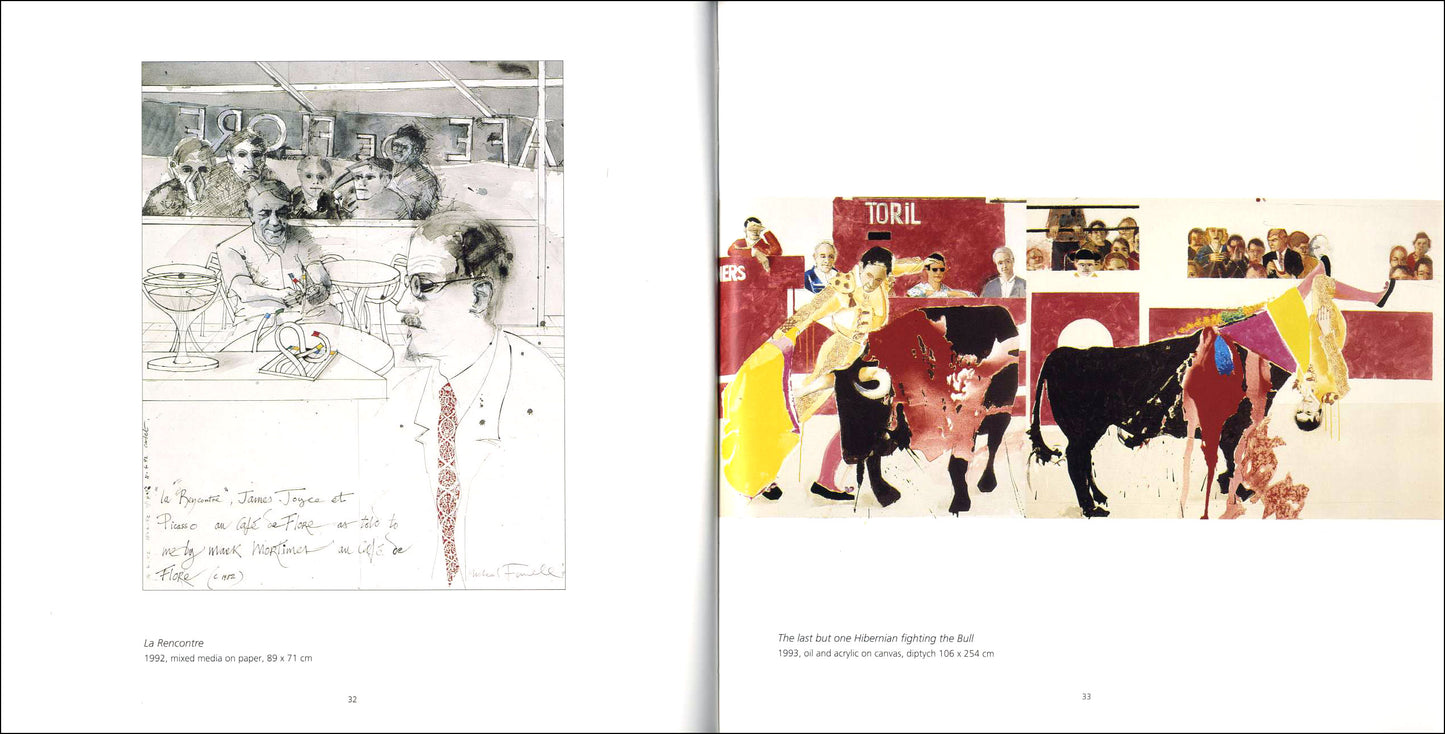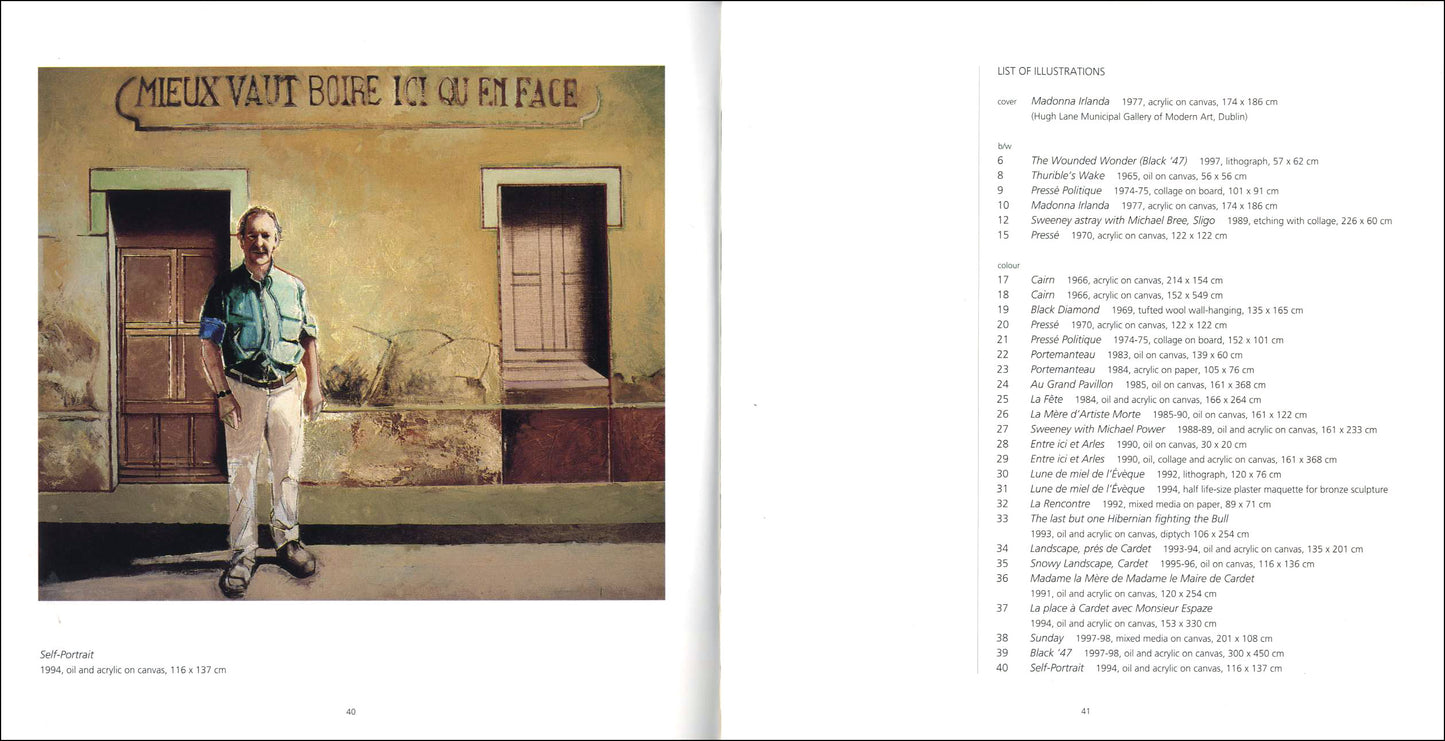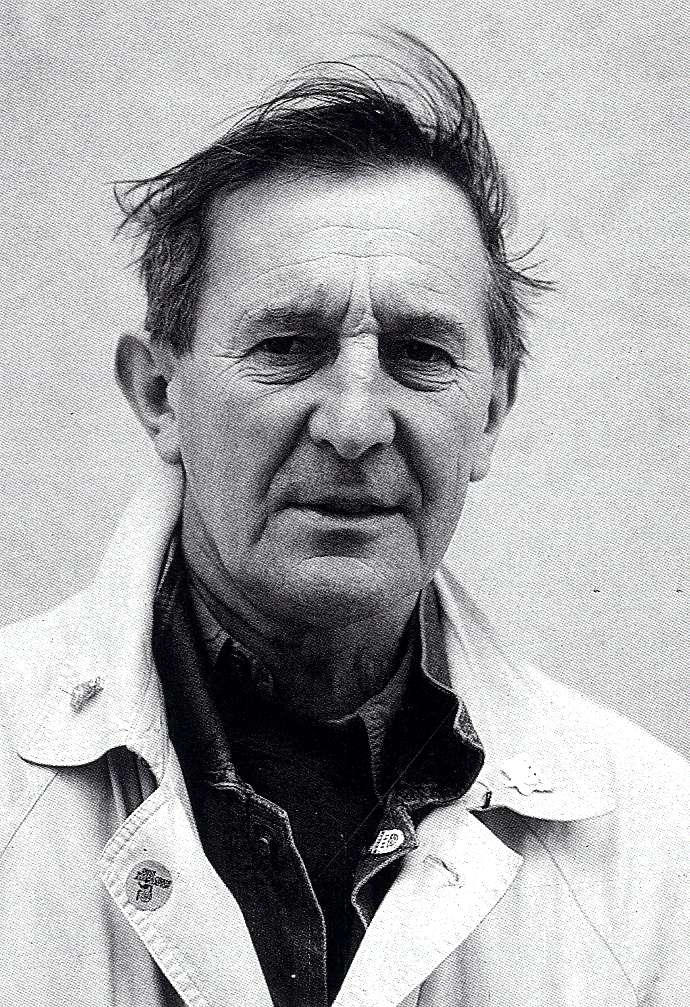Gandon Editions
Profile °9 – MICHEAL FARRELL
Profile °9 – MICHEAL FARRELL
Couldn't load pickup availability
Share
essay by Aidan Dunne; intro and interview by Gerry Walker
ISBN 978 0946846 139 48 pages (paperback) 22.5x22.5cm 33 illus
In his desire to forge links outside Ireland, Micheal Farrell spent time in London and New York, and eventually settled permanently in the south of France. He was a man in regular negotiation with his Irish identity, and through his work he attempted to identify with some essential embodiment of Irishness. This was evidenced by a recurring use of Celtic imagery in his early abstract work, and by his highly politicised work, such as the powerful Pressé series – an emotional response to the Dublin and Monaghan bombings of 1974. Later, the focus of his work became more introspective, as seen in his extraordinary Café Trieste body of work, with the humble and isolated tone of the artist in exile.
EXTRACTS
"Thirty years ago, Micheal Farrell was widely regarded as the enfant sauvage of Irish painting. Having rejected what was perceived to have been a moribund academicism current in Irish art circles at the time (and still grappling with the implications of Cézanne), he began to forge new links with more vital sensibilities. London and New York beckoned early on, and there he encountered an alternative vista of modern art. This was to have profound ramifications, both in terms of his own work and the work of other Irish contemporaries. What resulted from his sojourns abroad was a hard-edge Celticism which spanned the distance between Frank Stella and the Book of Kells. This also signalled a whole other realm of possibilities to a younger generation of Irish artists, as the liveliness and excitement of subsequent Living Art exhibitions was to demonstrate. Many of his contemporaries acknowledge their debt to Farrell. He made the escape and made other things possible."
— from the introduction by Gerry Walker
"He was famously drawn out of the domain of Celtic abstraction and into the world of current politics by the sectarian repression that greeted the Civil Rights marches in Derry in the late 1960s. ‘Art is above politics but not [above] humanity’, he was quoted as saying while accepting a Carroll’s award at the Irish Exhibition of Living Art in 1969. The juice in the Pressé series became blood spurting onto the walls and floors of galleries. As far as it goes, it is a general metaphor for the suffering engendered by political violence. There is a certain equivalence of force in the symmetrical image of two pressés converging. However, his emotional response to the Dublin and Monaghan bombings of 1974 was a series of Pressé works which highlighted silk-screened reproductions of newspaper reports of the carnage on the streets. He used only raw wood, and black-and-white ink and paint. It was a vivid and compelling reaction to horrific events. Certainly it set out to shock in a calculated way, but just compare its visceral immediacy to the jaded cynicism of the Chapman brothers who, you feel, are so ironically distanced that they simply couldn’t respond to something so uncomfortably real as Northern Ireland."
— from the essay by Aidan Dunne
"For me, Irish history connects with art history. Anything that I have painted has had to do with Ireland and, therefore, it is history. My earlier work is historically based – Yeats and Celticism were my models. My political work follows on. This was about Ireland also. It is hardly surprising though that living in France has helped clarify Ireland for me. Joyce and Beckett were haunted by Ireland – when they lived in France they were aware of the spectre of Ireland that was always with them. I have haunting memories of Ireland also, but I also have funny memories. There I have met some of the funniest people in the world...
A lot of my recent work concerns the idea of the artist as hero – the idea of man dominating the concepts of time and place. Art is a difficult profession. You have to try to keep everything together. You have to write your own poetry. When I was in Australia, somebody asked me what I did, and I said I was a painter. When asked what I painted, I replied that I painted poetry – my own poetry.
— Micheal Farrell in conversation with Gerry Walker
|
CONTENTS Introduction by Gerry Walker 4-5 Home Thoughts from Abroad essay by Aidan Dunne 6-11 The Journal of a Meathman as an Intellectual interview by Gerry Walker 12-15, 42-43 COLOUR PLATES 17-40 List of illustrations / Artist’s biography |
The main essay by Aidan Dunne is a well-written piece which provides an excellent overview of the artist’s work ... excellent colour reproductions of twenty-four of Farrell’s key paintings with the Madonna Irlanda making for a brilliant, eye-catching front cover. — Paul Spellman, Irish Arts Review
First-class reproductions of a representative selection of this remarkable artist’s work. If anything (and if possible!), better than the rest of the series. — Books Ireland
